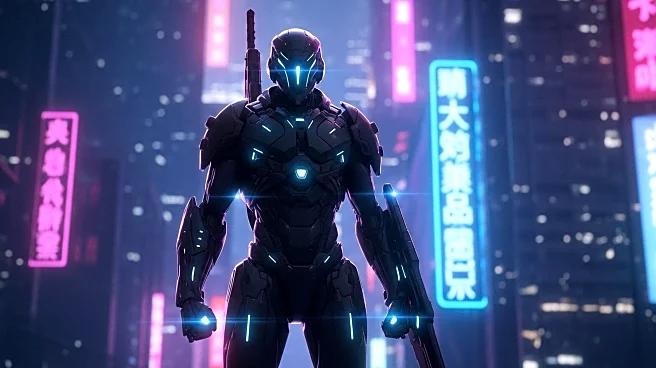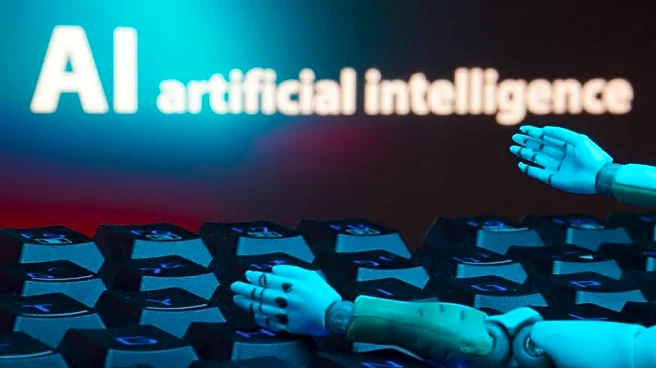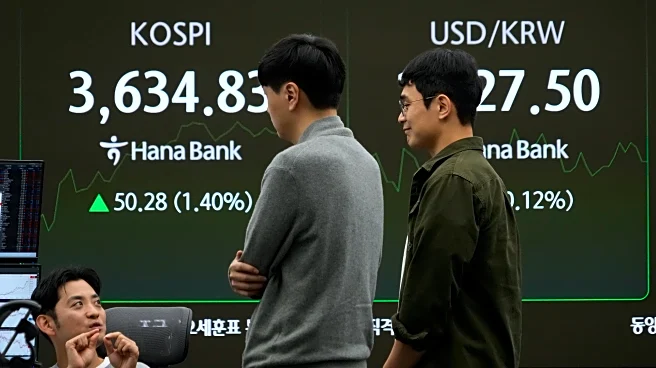What is the story about?
What's Happening?
Warner Bros. Japan has unveiled a new trailer for the anime adaptation of 'All You Need Is Kill,' set to premiere in Japanese theaters on January 9, 2026. The film, based on Hiroshi Sakurazaka's time-loop novel, shifts its focus from the original protagonist Keiji to Rita Vrataski, a soldier battling alien invaders. The trailer highlights the time-looping premise, where Rita and Keiji are linked by a shared awareness, reliving the same day whenever Rita dies. This adaptation promises to adhere more closely to the novel's climax compared to the 2014 live-action film 'Edge of Tomorrow.' The anime made its U.S. debut at New York Comic Con, though a wider Western release date remains unannounced.
Why It's Important?
The release of 'All You Need Is Kill' as an anime adaptation is significant for both the anime industry and fans of the original novel and film. It offers a fresh perspective by focusing on Rita Vrataski, potentially attracting a new audience while satisfying existing fans. The adaptation's adherence to the novel's storyline may appeal to purists who were disappointed by changes in the live-action film. Additionally, the film's premiere at New York Comic Con indicates strong international interest, which could lead to increased global distribution and influence in the anime market.
What's Next?
Following its Japanese release, the anime adaptation of 'All You Need Is Kill' may see broader international distribution, potentially expanding its audience beyond Japan. Fans and critics will likely compare the adaptation to both the novel and the live-action film, influencing its reception and success. The film's performance could impact future adaptations of similar works, encouraging studios to explore more faithful renditions of popular novels. Additionally, the focus on Rita Vrataski may inspire discussions on gender representation in anime and film.
Beyond the Headlines
The adaptation's shift in focus from Keiji to Rita Vrataski highlights evolving trends in storytelling, emphasizing diverse perspectives and character development. This change may reflect broader cultural shifts towards inclusivity and representation in media. The film's exploration of time-loop mechanics could also spark interest in similar narrative structures, influencing future projects in the sci-fi genre. Furthermore, the collaboration between Japanese and Western audiences at events like New York Comic Con underscores the growing global influence of anime.
AI Generated Content
Do you find this article useful?















